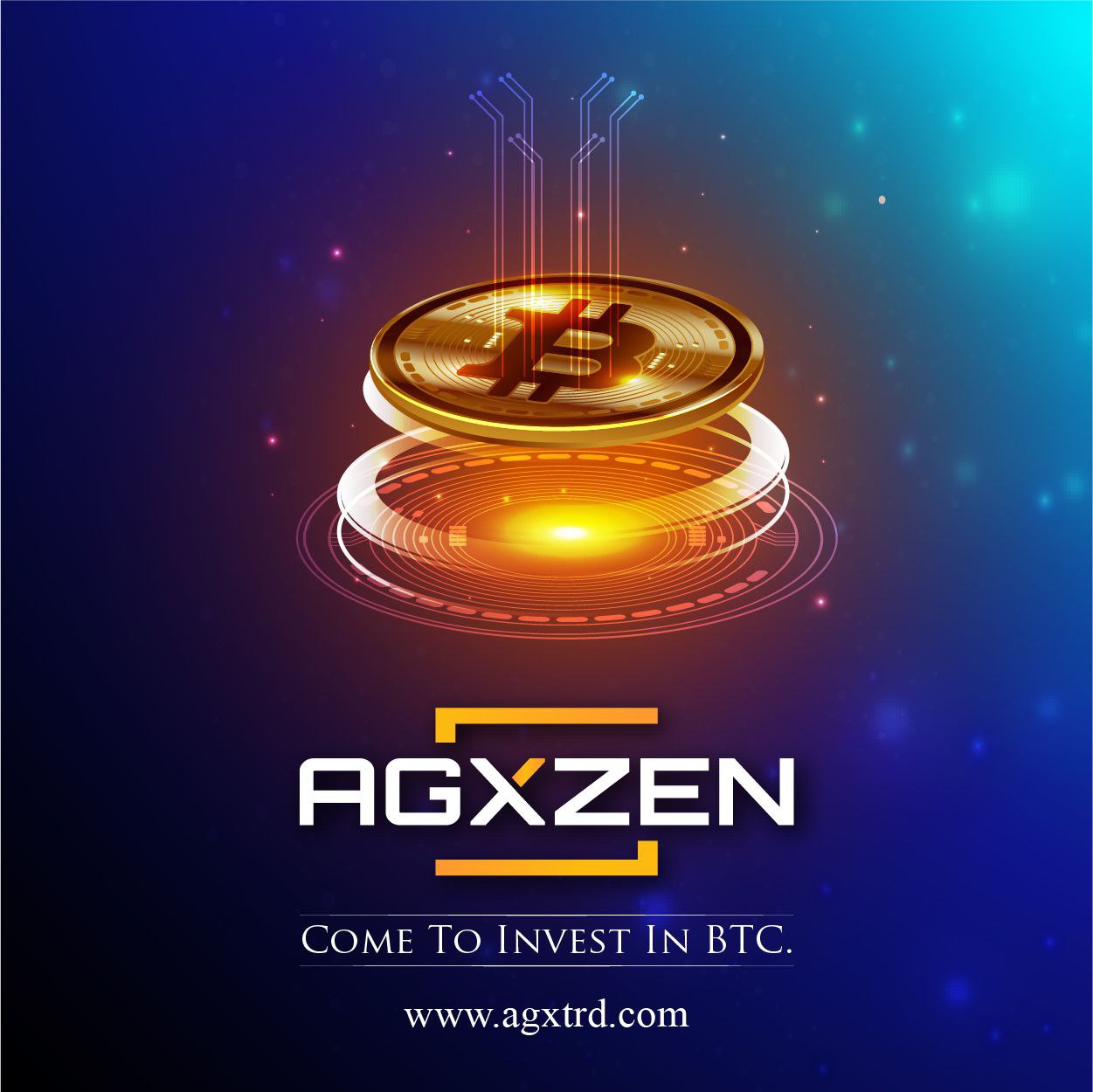Sei Labs, a startup co-founded by a former Robinhood engineer and a former VC from Coatue, has launched a brand new open sourced mission that gives a novel, and thrilling method to make Ethereum sooner and cheaper for builders.
On Wednesday, Sei launched The Parallel Stack, a public good mission – which means free for any crypto builders to make use of. It goals to enhance the efficiency of transactions per second (TPS) of Ethereum Digital Machine (EVM)-based layer-2 blockchains by means of the tried-and-true pc science idea of parallel processing, cryptospotsa realized completely.
Sei Labs is an organization the crypto neighborhood is already watching after it raised $30 million, at a valuation of $800 million, a couple of 12 months in the past to construct its personal super-speedy, open supply, layer-1 blockchain centered particularly on crypto buying and selling.
However now Sei has turned its consideration to assist enhance Ethereum, a far larger, extra established blockchain, the largest by whole worth locked, based on CoinMarketCap – aka the worth of all of the digital belongings on the community.
By default, EVMs course of transactions sequentially, one after one other, a sluggish and inefficient methodology that doesn’t scale nicely.
“The largest limitation of the EVM is the shortage of throughput,” Jay Jog, co-founder of Sei Labs, previously of Robinhood, instructed cryptospotsa. Ethereum’s throughput can’t transcend 50 TPS, which is limiting development of its ecosystem and ends in excessive so-called fuel charges, the charges charged to transact on Ethereum blockchains. These charges make Ethereum unaffordable for “99.9% of regular customers,” Jog added.
Other than The Parallel Stack, Sei Labs has additionally been engaged on upgrading its blockchain to Sei V2, a parallelized EVM, which processes a number of transactions concurrently and would make it accessible to a “world base of EVM builders,” based on a November 2023 weblog publish. “We’ve been engaged on scaling EVM for a very long time and doing it by parallelizing,” Jog mentioned.
Clearly, the upper the transactions per second, the sooner, extra environment friendly and scalable a community is. For reference, Bitcoin’s blockchain, by default, averages 5 TPS, whereas Ethereum’s common 20-30 TPS. Solana’s is round 2,500 TPS and a number of the newer, Ethereum-centric layer-2 blockchains like Polygon and Arbitrum can do 65,000 and 40,000 TPS.
The Parallel Stack can do round 5,000 TPS, however is aiming to hit 10,000 TPS by the top of the 12 months, Jog mentioned.
Sei, in fact, isn’t the one one working to make Ethereum sooner and cheaper. Optimism’s OP Stack, an “EVM equal” layer-2 blockchain, does a mean of two,000 TPS. However they use completely different design philosophies and Sei’s focus is on increased throughput by means of parallel processing, mentioned Jeff Feng, Sei Labs co-founder, beforehand an investor at Coatue.
“It’s like a range, you possibly can prepare dinner two issues on the identical time, versus one dish then one other,” Feng mentioned. “Traditionally should you wished that form of TPS, you wanted to construct on Solana and study a model new growth framework.”
But when Sei is constructing its personal layer-1 blockchain, not derived from Ethereum, why would it not be working to resolve Ethereum’s downside? As a result of Ethereum is the place most builders are and scaling is an issue they assume they will additionally handle. And if Sei can provide them a solution to undertake parallel processing to enhance their Ethereum work, they might additionally study core tenets of Sei’s ecosystem alongside the best way.
Plus, they don’t see the 2 blockchains as rivals. “Our purpose is to scale the EVM. There was important curiosity to have parallel EVMs and it is a pure subsequent step: democratizing entry to make it as plug and play as potential,” Jog mentioned.
So maybe, it is smart that Sei is honing in on the EVM house, to succeed in a majority of the blockchain builders.
“It’s virtually been a no brainer nevertheless it clearly unlocks a degree of efficiency and throughput that enables for purposes a lot bigger to efficiently construct and keep on Ethereum,” Feng mentioned. “With parallelization, it is going to carry the trade ahead.”
However why would they freely share their work as open supply initiatives? Sei’s framework isn’t the primary to do it, however holds true to the ethos many crypto initiatives have of offering open code for anybody to construct with.
“I used to be at Robinhood when the GameStop saga occurred, a small variety of folks have been making choices and we didn’t know something till the information got here out,” Jog mentioned. The shortage of inner transparency made him need to construct a decentralized chain that’s open-sourced, so anybody can entry it and it’s not restricted to a bunch of individuals.
Jog and Feng anticipates preliminary pleasure for The Parallel Stack to come back from present Ethereum-focused purposes which can be hitting bandwidth points and are on the lookout for increased TPS choices.


